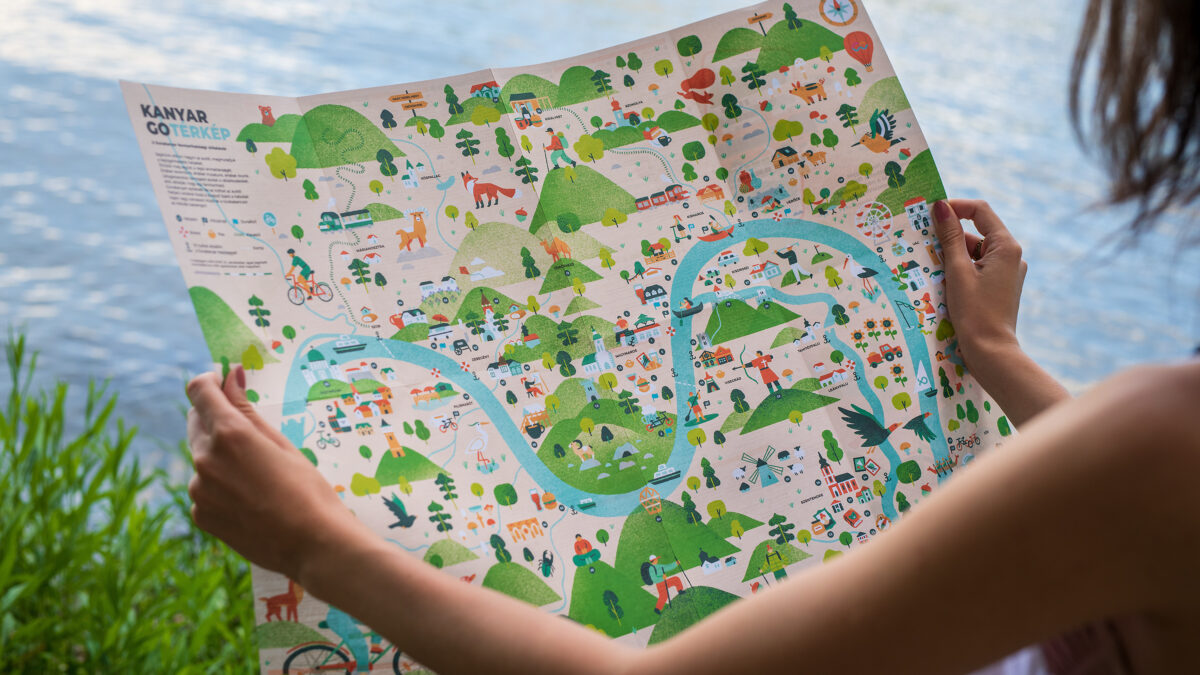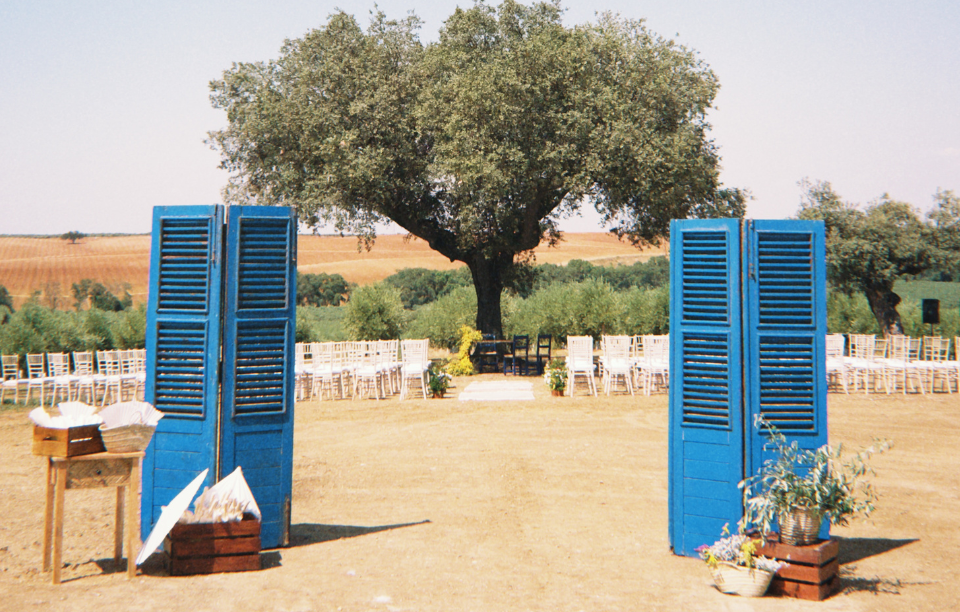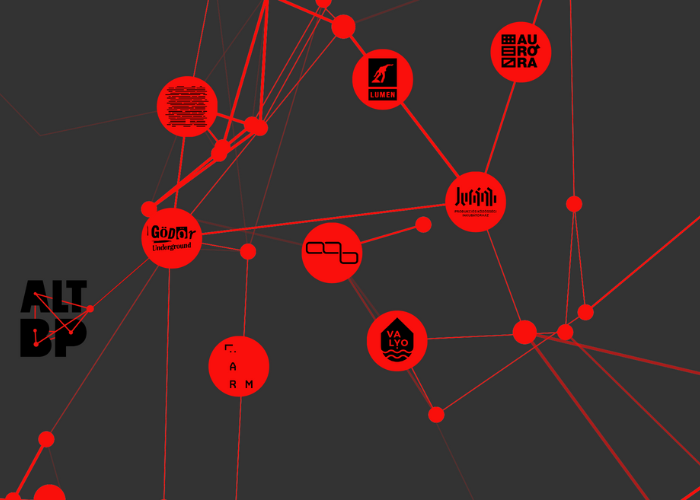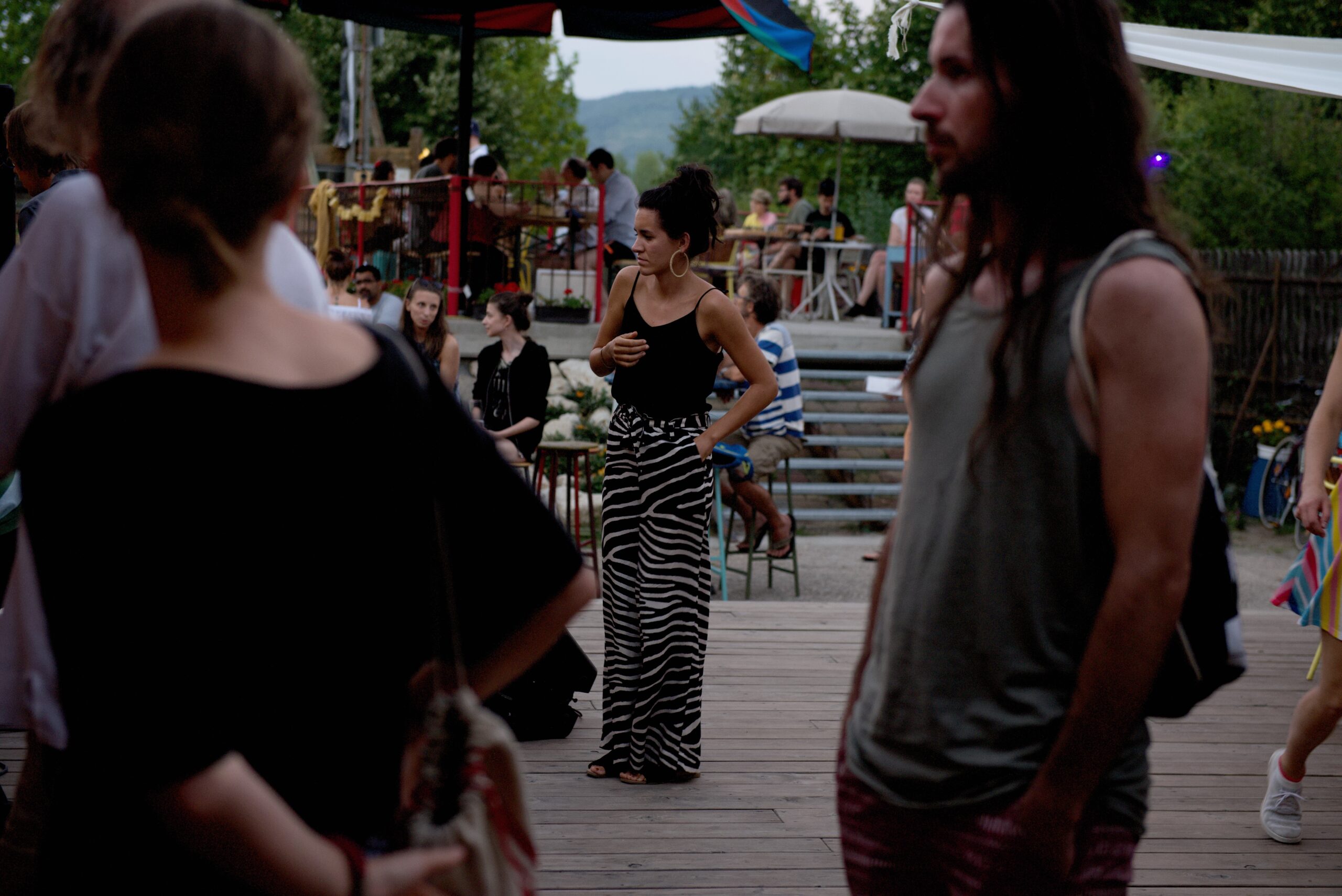
Welcome to My Website and Blog
2025. January 17.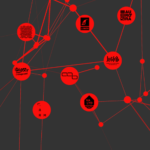
Alternative Budapest: A Snapshot of the City’s Hidden Creative Scene
2025. February 6.I first moved to the Danube Bend region of Hungary, a stunning natural area with mountains and the Danube river just a short distance from Budapest, because I was already working on a project in the area—Camp Szőnyi. Over time, I fell in love with the landscape, the community, and the endless possibilities. I ended up living and working there for three years, juggling various projects, before embarking on a new and pivotal one: Kanyargó.
The Problem: A Region Struggling with Tourism Growth
The challenge we faced was clear. The Danube Bend, while incredibly beautiful, was experiencing an overwhelming surge in tourism. The region was attracting more and more visitors, but its infrastructure wasn’t ready to handle the rapid growth. Traffic jams, overflowing parking lots, long queues at restaurants, and local businesses struggling to keep up were just some of the growing pains. The tipping point came when the wait time at a local restaurant reached over three hours, and the line of cars to the ferry stretched across three towns.
A Personal Insight: From Isolation to Inspiration
The idea for Kanyargó actually came to life during an incredibly difficult time. It was March 2021, right in the middle of the COVID-19 pandemic, and I was sick with COVID myself. Stuck at home, physically drained and without much energy, I realized that I could still be productive in other ways—my mind was still active, and I had the chance to think and plan. During that time, I organized Zoom meetings with the partners I had in mind, and that’s how Kanyargó began to take shape.
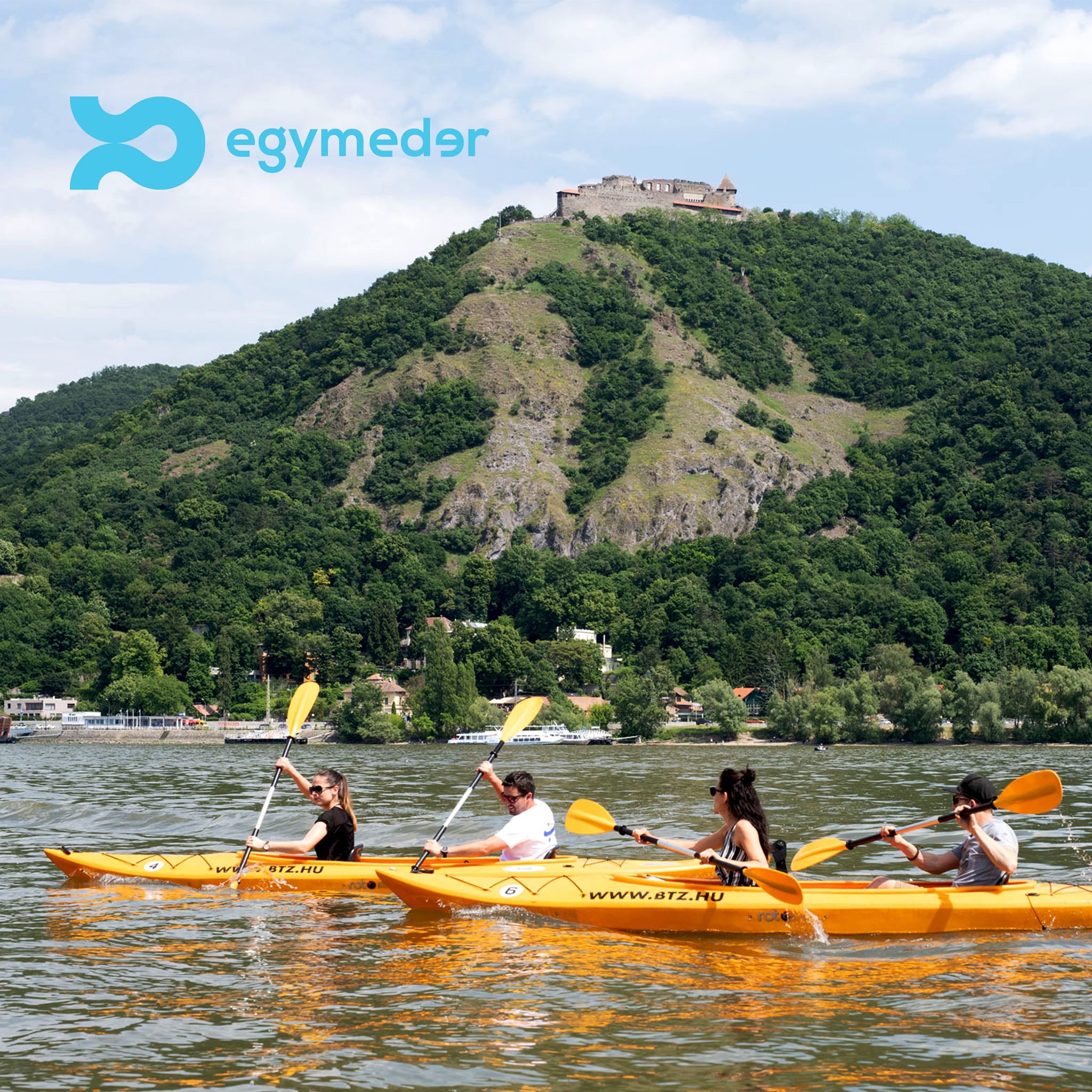
„how could we shape it into something sustainable, culturally enriching, and beneficial for both the local community and the visitors?”
The Solution: A Collaborative Approach to Sustainable Tourism
The idea for Kanyargó was not just a reaction to the challenges we were facing; it was a solution to an urgent problem. Tourism was already happening, so how could we shape it into something sustainable, culturally enriching, and beneficial for both the local community and the visitors? We realized that to make a meaningful impact, we needed to approach the problem thoughtfully, fostering a collaborative effort with locals, businesses, and government officials.
We began by forming a small team of passionate individuals—some of us were already living in the region, while others had fallen in love with it after moving there. Our first challenge was communication. Many locals and government representatives were hesitant to engage with us. Some even resisted, not wanting to take on additional projects or responsibilities. But we knew that we couldn’t just oppose tourism outright; we needed to find ways to manage it thoughtfully and inclusively.
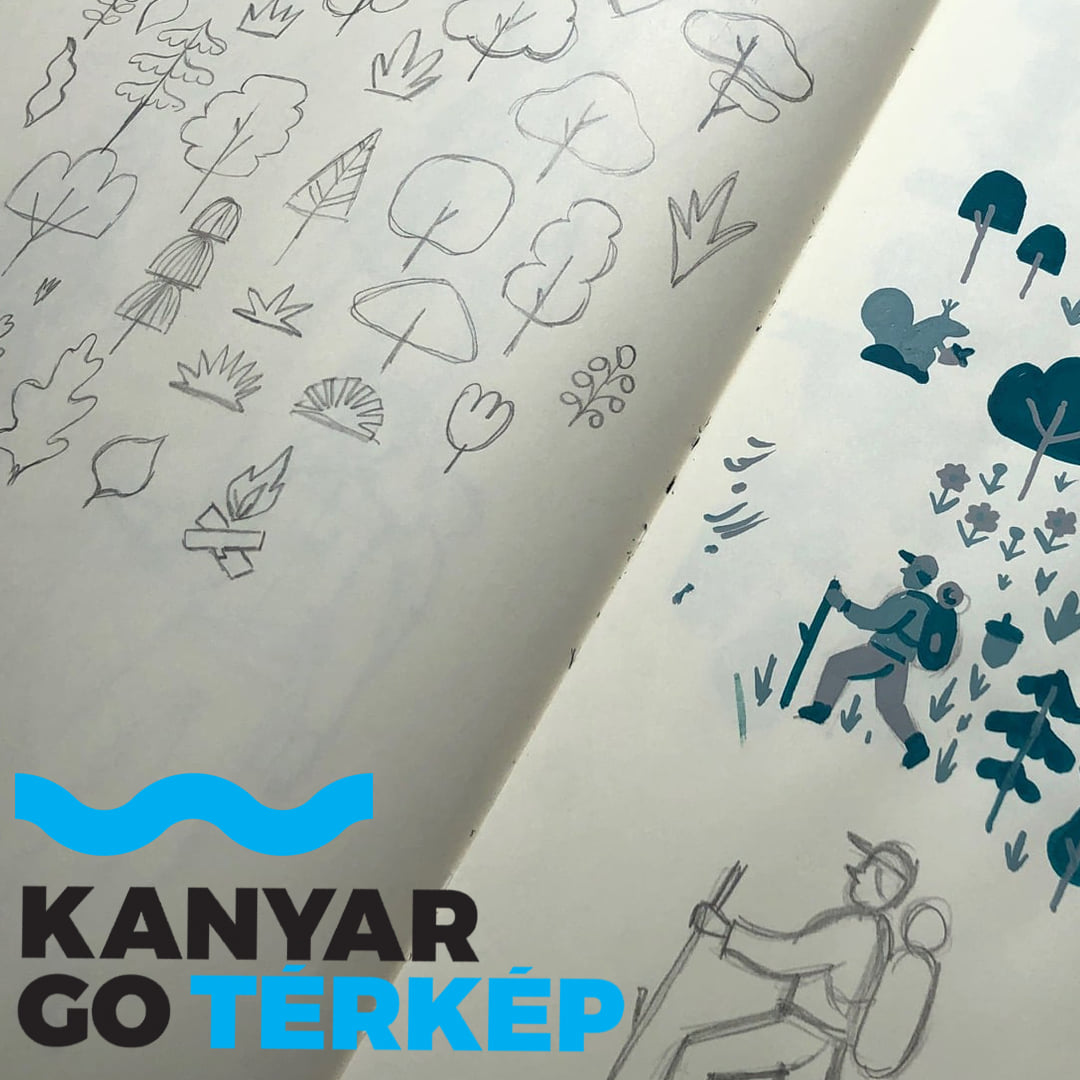
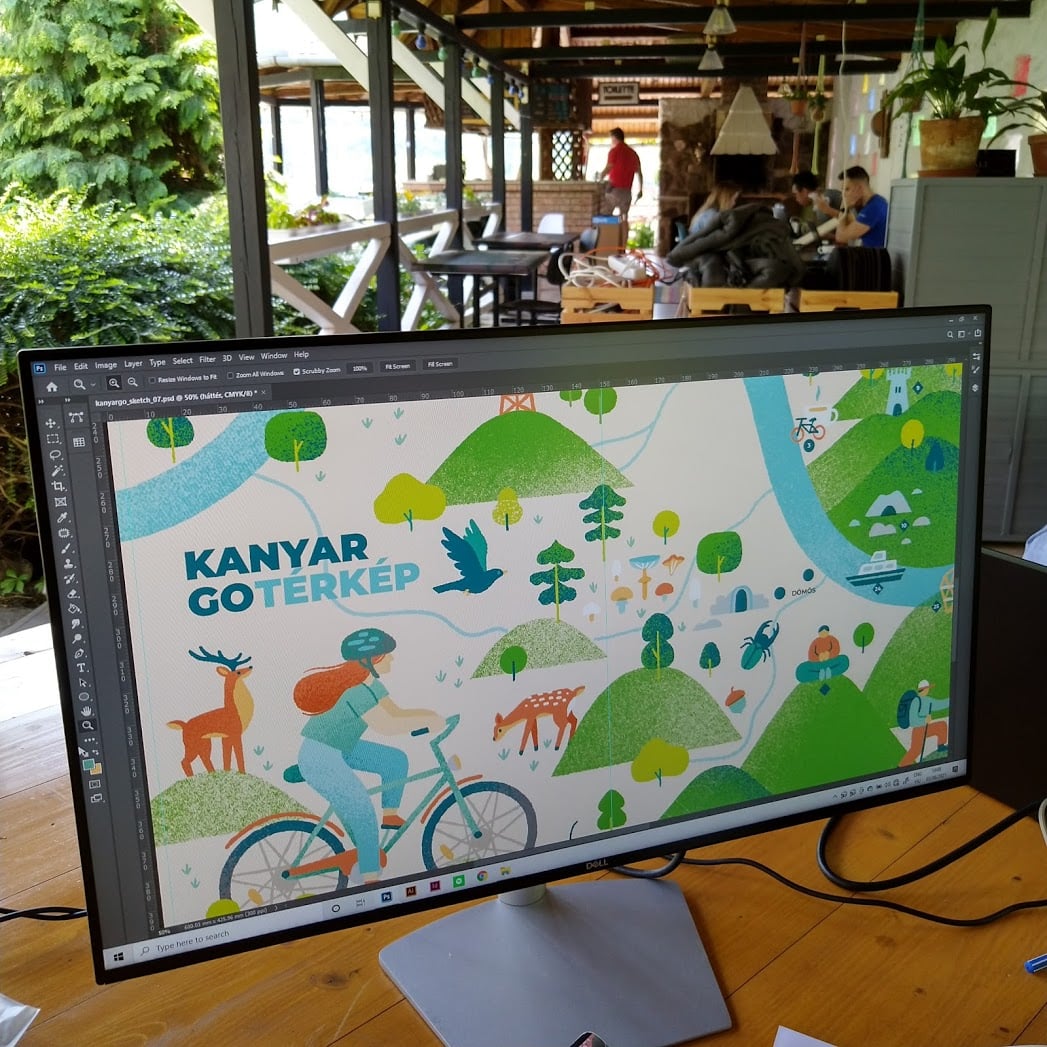
Founding Kanyargó: Building Bridges with the Community
Kanyargó was born from a shared belief that tourism could be developed sustainably, without sacrificing the integrity of the region’s natural beauty or the livelihood of its residents. We began by gathering successful examples of sustainable tourism practices from around the world—places where tourism had been developed in a way that benefited both the community and the environment.
We also saw the looming danger of large, profit-driven investments that threatened local businesses, privatized pristine natural areas, and encouraged mass tourism with little regard for sustainability. Our mission became clear: unite the region and develop a collective vision for sustainable tourism.
One of the first steps in our journey was creating a collective of ten local initiatives, each contributing to the vision of sustainable tourism. Together, we crafted the project’s core values and set terms for participation. But this effort was far from easy. We quickly realized that engaging a broader circle of stakeholders was necessary, and that wasn’t always welcomed, especially by government officials.
Overcoming Resistance: The Power of the Tourist Map
That’s when we had an idea: a physical product that could unite everyone—the first-ever tourist map of Dunakanyar.
The map would feature local businesses that shared our sustainable tourism values, marking them as “verified” conscientious establishments. It was more than just a promotional tool—it was a way to represent the region’s cultural and natural attractions while supporting local businesses. We set out to sell the map and use the funds to support the project’s development.
We also wanted the map to be more than functional; it needed to be aesthetically appealing and of high quality. To achieve this, we worked with a professional graphic designer and illustrator to create a map that was not only informative but also artistic. The result was so visually striking that some people even framed it and hung it on their walls—a testament to the care and thought we put into its design.
To further promote the map and ecotourism in the area, we produced a commercial video showcasing the region’s beauty and sustainable tourism opportunities. The video not only highlighted the map’s purpose but also served as a broader invitation for visitors to experience Dunakanyar’s unique charm in an eco-conscious way.

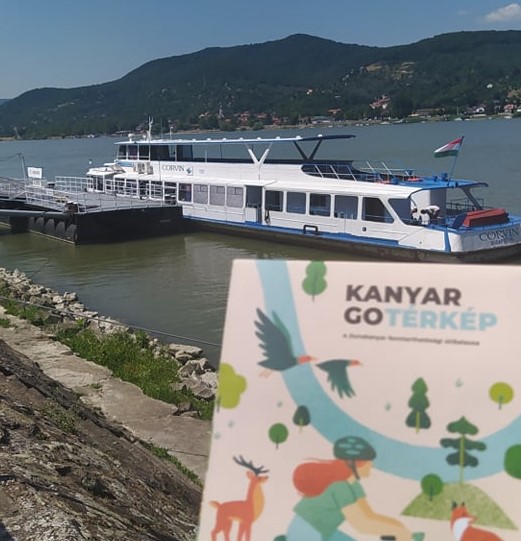
Strategic Partnerships: Sponsors and Government Support
With zero capital to start with, we needed to get creative with our funding strategy. To make the project affordable for local businesses, we set a low participation fee and asked founding members to contribute a higher fee. We also secured sponsorships from national transportation companies, such as railway and boating services, which aligned perfectly with our goals of promoting eco-friendly travel to the region. This partnership not only provided vital financial support but also helped address the traffic issues we were confronting by encouraging tourists to use sustainable travel options.
Our partnership with transportation companies helped us distribute thousands of maps in high-traffic areas like train stations and ferry terminals, spreading our message.
Despite our limited resources, our timeline was ambitious. We started in March 2021 and, by June, we had printed and distributed the first batch of maps. In the summer, we continued promoting the map and distributing it to local and regional visitors. By September, we held a conference to reflect on our journey and share insights on sustainable tourism with the wider community.
The Impact: More Than Just a Map
The impact of the map went beyond just raising funds for the project. It became a symbol of unity for the region. Through the map, we were not only promoting local businesses but also sharing a vision for sustainable, culturally-aware tourism. The partnership with transportation companies helped us distribute thousands of maps in high-traffic areas like train stations and ferry terminals, reaching a wider audience and spreading our message.
Facing Reality: A Sustainable Future for Kanyargó
However, despite the success of the map and the progress we made, the project faced a hard truth: it was unsustainable without consistent funding, and the amount of work required was overwhelming for a volunteer-run initiative. After the first year, we realized that Kanyargó could not continue in its original form. Yet, the impact of the project didn’t end there. The relationships, mindset shift, and sense of community it fostered remained.
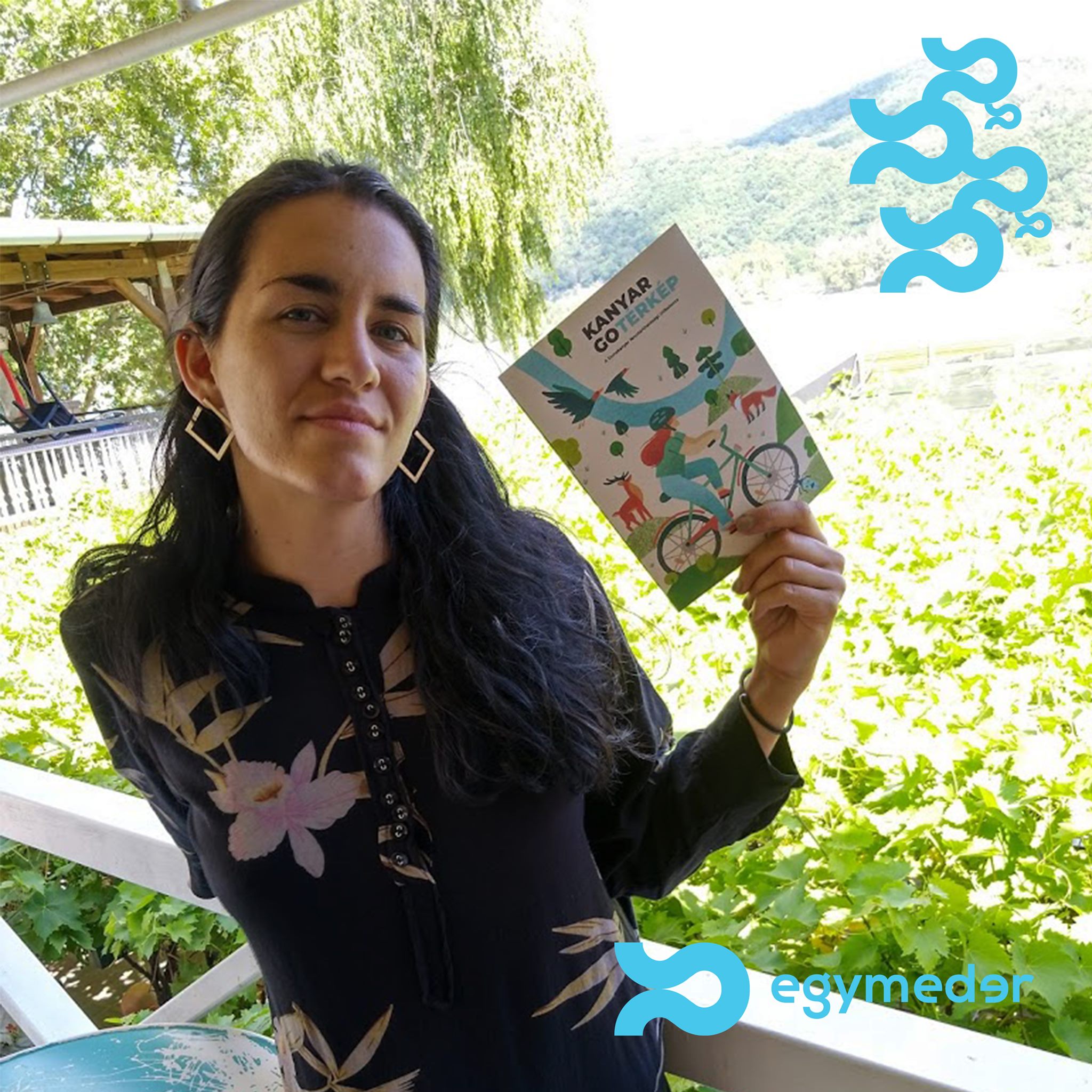
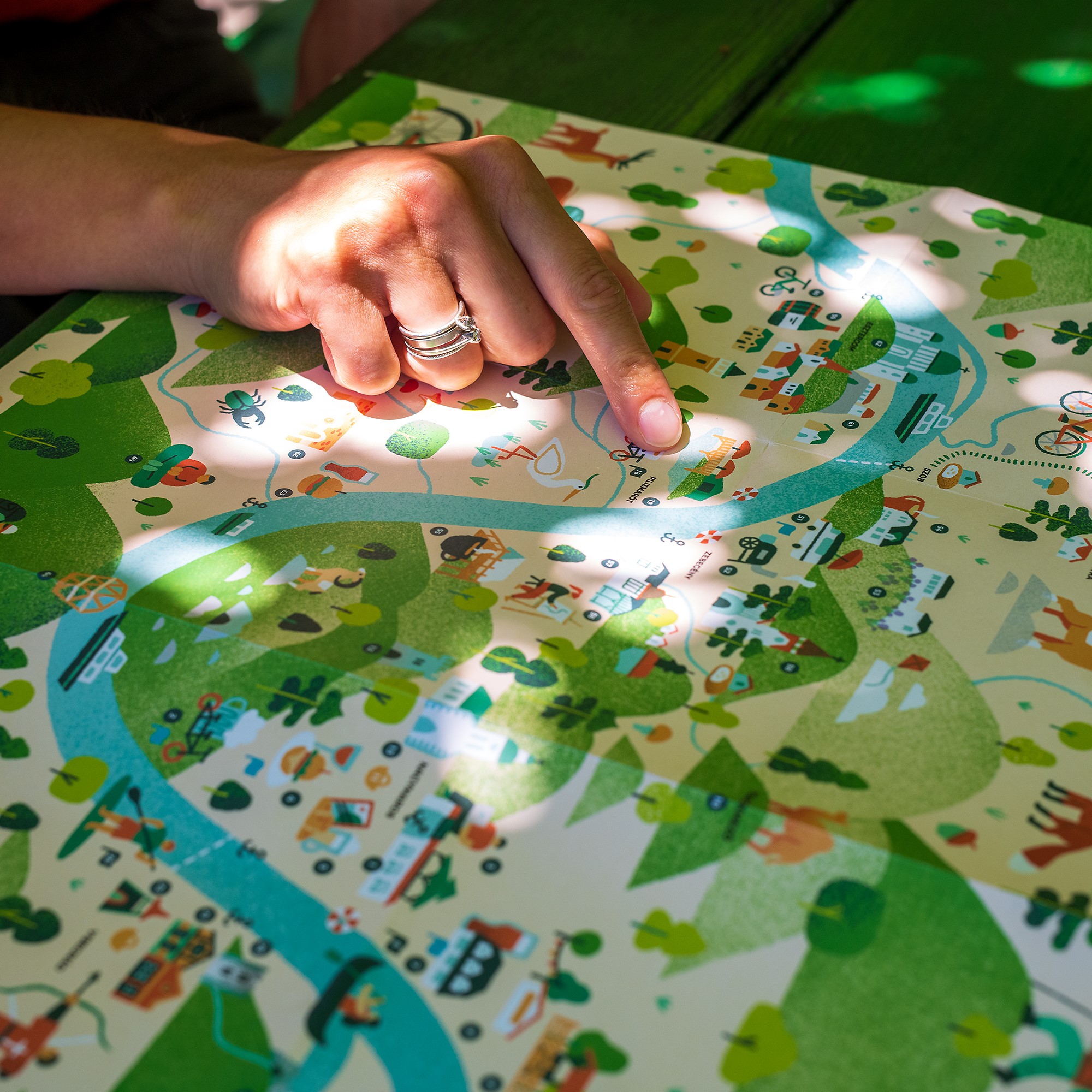
The Legacy: A Sense of Community and Long-term Change
What has been most surprising and rewarding is the long-term effect of the project. The businesses and individuals who participated in Kanyargó continue to stay in touch, collaborating with one another and supporting each other. More importantly, they’ve come to realize that they are not competitors, but partners in the development of the region. This sense of community is, without a doubt, the greatest legacy of Kanyargó.
Looking Back: A Collective Vision for Sustainable Tourism
One of the key factors in the success of Kanyargó was showing people their potential and empowering them with knowledge. We held conferences, conducted studies, and shared insights into the future possibilities for the region. It wasn’t just about protecting the environment or preserving culture—it was about demonstrating that by working together, the region could thrive sustainably, benefiting everyone.
Looking back, the Kanyargó project may not have been able to continue in the way we originally envisioned, but its impact is still felt today. The collective spirit, the connections made, and the shift in mindset around sustainable tourism are ongoing successes. I’m proud to have been part of a project that didn’t just confront a challenge, but turned it into an opportunity for long-term, meaningful change.
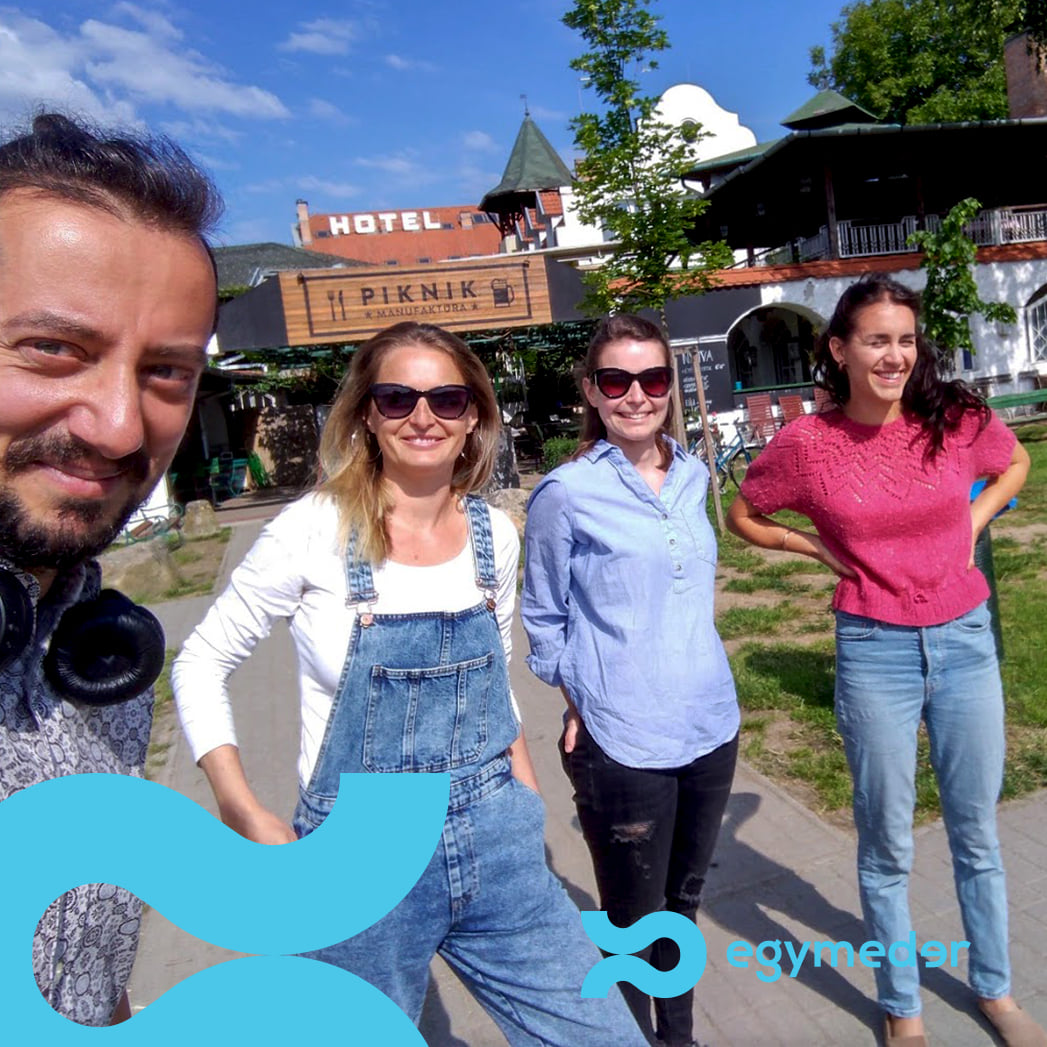
PR, Distribution, Sales, Creative mind: Dunakanyargo
Marketing, Sales, Creative mind: Onion creative
Graphic design: Laura Sásdi
The Dream Team
One of the most rewarding lessons I learned through this project is the incredible power of collaboration. Good teams and meaningful partnerships don’t just exist—they are the foundation of real progress and change. Without the shared energy, creativity, and dedication of amazing people, projects like this wouldn’t be possible. And I was fortunate enough to work with a team that embodied all of these qualities.
From the very beginning, this project was a collective effort. It brought together individuals with unique talents, perspectives, and unwavering commitment to creating something extraordinary. There were passionate locals who understood the region inside and out, new residents who had fallen in love with Dunakanyar and brought fresh energy, and professionals whose expertise elevated every aspect of the project—from design to communication.
These collaborations taught me that having the right people on board makes all the difference. A good team isn’t just about skills; it’s about shared values, mutual respect, and the ability to inspire and push each other toward a common goal.
Looking back, I’m deeply grateful for everyone who contributed to this journey. Their dedication didn’t just make the project possible—it made it meaningful.


